Carry in carry out
No camping or fires
No bikes or mechanized vehicles
Travel at your own risk
Our website uses cookies to improve your experience. To learn more about how we use cookies, please review our privacy policy.
Can't find what you're looking for? Please contact us.
 Featured Recreation Land
Featured Recreation LandWe’ve owned this stretch of woods in the Northeast Kingdom since 2005. It’s home to northern hardwood forest, a portion of Mud Pond, and a beautiful stretch of old cedar swamp forest with trees up to 200 years old.
This forest might seem like an unlikely spot for innovative climate science, but it turns out it’s ideal. Our long-term ownership means University of Vermont researchers can monitor the impact of forest management practices and climate change for decades to come.
Mud Pond Forest is also a destination for adventurous hunters, hikers, and naturalists looking to get off the beaten path. Please note there are no maintained walking trails or signage, but there are some rough logging trails. We do hold events there, which is a great way to see the land. Sign up for our emails to be the first to hear of upcoming events.
Northern white cedars are one of the longest living trees in our region (the oldest known tree in Vermont is 350 years old, though they are known to live over 1,000 years!).
Portions of the northern white cedar swamp at Mud Pond Forest, while not “old growth”, are pretty ancient. Located in the lowland area around Mud Pond, some of its trees may be 200 years old.
The forest floor is carpeted with mosses. Other forest-floor plants include foamflower, dwarf raspberry, dalibarda, evergreen wood fern, and shining clubmoss.
When a tree dies and falls to the forest floor, it’s not done contributing to the woods. As it decays, openings develop in the wood and mushrooms and mosses grow, creating an environment where seedlings can germinate and get nutrients from the decaying wood.
These are aptly called “nurse logs” as they help bring a new forest into being.
In this video about nurse logs, ecologist Liz Thompson points out stair-step moss, shaggy moss, and goldthread (plus baby white cedars) all taking root on a nurse log at Mud Pond Forest.
Ever see a tree root that seems to be growing in mid-air? These are formed when a new tree takes root on an old stump or fallen tree. The roots of the new tree grow around the rotting wood. Eventually the wood decays completely leaving open air in its place.
In this video about stilited roots growing in old forests, VLT forester David McMath shows two examples he found at Mud Pond Forest – one in the early stages of development and one completely “floating”.
Outside of its cedar swamp, most of Mud Pond Forest is made up of northern hardwood trees —such as maple, beech, and birch.
Like most of Vermont’s woods these trees are all a similar age, about 60-100 years old. In “tree years,” they might be called teenagers. The uniformity of Vermont’s woodland is a result of most forests being cut down during the 19th century.
This creates challenges. Without the diversity you’d find in a truly natural forest, Vermont’s woods are less able to withstand natural disasters, pests, and diseases—all of which are on the rise with climate change.
We are using timber harvests at Mud Pond Forest as an opportunity to make the woods more diverse and a bit messier.
This includes creating clearings that bring sunlight to the forest floor and encourage the growth of sun-loving trees like yellow birch. Non-dominant species such as red spruce and basswood are being planted.
Some of the oldest and healthiest trees are being left to live out their full lives. We are also leaving dead trees (both standing and fallen) because they create wildlife habitat and help the forest regenerate.
All this makes the woods more diverse. This way, if something brings harm to the forest, such as an invasive insect or a severe storm, only some trees should be affected, not all.
Money made from timber harvests helps keep forestland undeveloped since it can offset the cost of owning the land. Managed woods also support loggers, foresters, mills, firewood businesses, and others who rely on the woods for their livelihood.
Logger Warren Hill has been working with us at Mud Pond for a decade. At our most recent harvest three generations of the family (all named Warren Hill!) helped out. Trees from the most recent harvest at Mud Pond Forest were sold to local firewood buyers and a Vermont sawmill.
In this video, Warren Hill III, shares some observations about his work as a logger.
We are using forest management to benefit wildlife, especially forest birds. In fact, our timber harvests are being done in partnership with Audubon Vermont as part of their Foresters for the Birds program.
One example of this work is leaving treetops on the forest floor. It might look messy to us, but the tangle of branches provides safe shelter and breeding areas for many woodland birds.
The woods host University of Vermont researchers who are studying the impacts of climate change on forest management at places in Vermont and New Hampshire.
The study will monitor how different types of forests respond to different types of human intervention—including no intervention at all.
In this video on Vermont forests and climate change, Professor Tony D’Amato provides a masterclass on the coming threats and explains some of the approaches he and his team of researchers and students are testing.
The Emerald Ash Borer arrived in Vermont in 2018. Since then, we have focused our attention on how to save these beautiful trees from the invasive insect. The larvae of this green beetle have killed hundreds of millions of ash trees across the country. There is no known solution.
At Mud Pond Forest we have chosen three approaches to try to save ash trees:
Mud Pond Forest is open to the public for recreation and does have limited parking access. However, whatever trails you might find on the property are not maintained and there are no signs. It’s a great spot for hunting, but not the best hiking option unless you’re looking for an off-trail adventure. Cell coverage and GPS will not work near the property, so please print a map and plan directions before you go. Also, please note that the road there is not plowed in winter.
All photo and videos by Kyle Gray
Carry in carry out
No camping or fires
No bikes or mechanized vehicles
Travel at your own risk
Please note that whatever trails you might find on the property are not maintained and there are no signs!
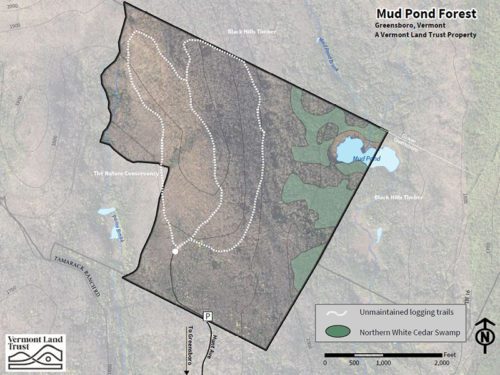
Hunting is allowed.
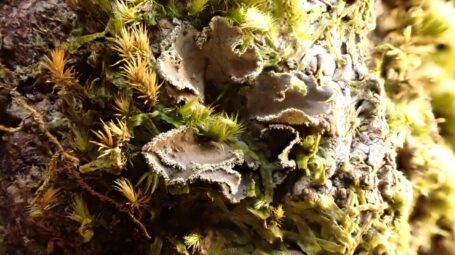
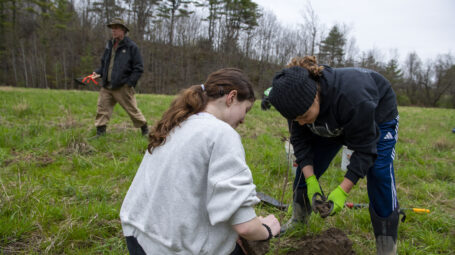
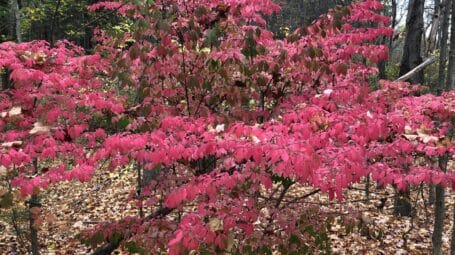
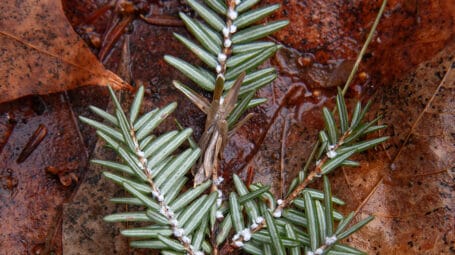
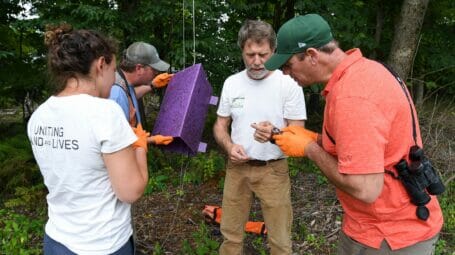
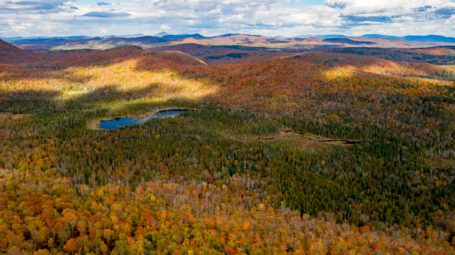
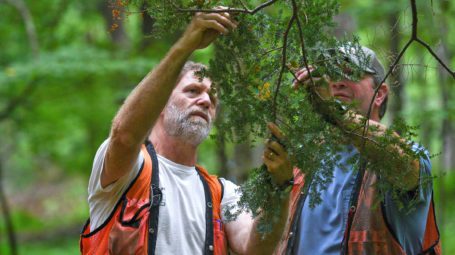
We generally send two emails per month. You can unsubscribe at any time.